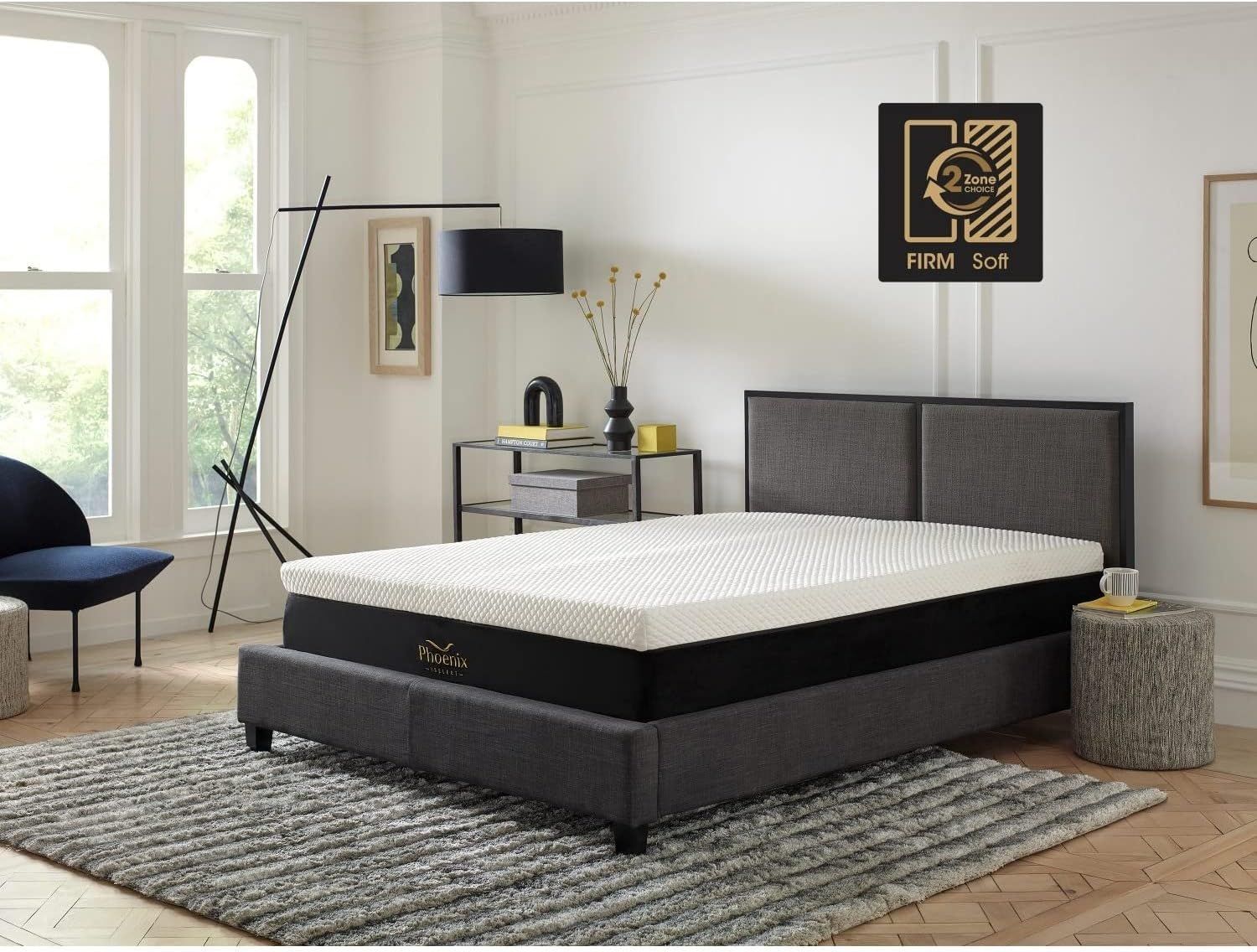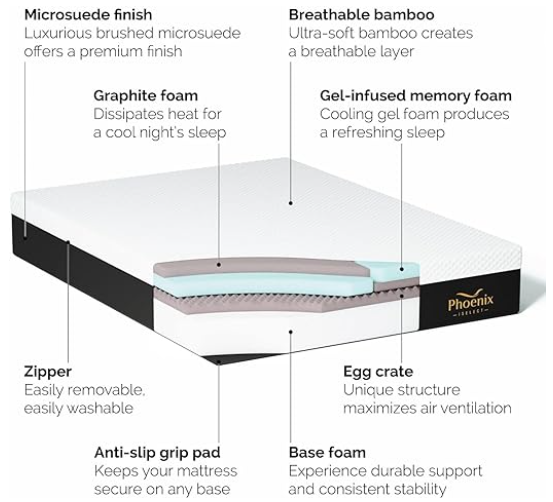Find Your Right Sleep Temperature
What's the best temperature for a good night's sleep?
Finding the Sweet Spot:
The Ideal Temperature for a Good Night's Sleep
Ever toss and turn all night, struggling to find comfort and drift off to dreamland? The culprit might be something as simple as the temperature in your bedroom. While individual preferences can vary slightly, research suggests a cool, but not cold, environment is key to achieving quality sleep.
Why Temperature Matters:
Our bodies naturally go through temperature fluctuations throughout the day. As we prepare for sleep, our core body temperature dips slightly. A cooler room (around 60-67 degrees Fahrenheit or 15.6-19.4 degrees Celsius) helps mimic this natural process, signaling to the body that it's time to wind down and enter sleep mode.
Benefits of a Cool Sleep Environment:
- Improved sleep quality: By facilitating the natural sleep-wake cycle, a cooler temperature can help you fall asleep faster, experience deeper sleep, and wake up feeling more refreshed.
- Enhanced thermoregulation: A cool environment allows your body to regulate its temperature more effectively during sleep, preventing night sweats and discomfort.
- Increased melatonin production: Cooler temperatures may promote the production of melatonin, a hormone essential for regulating sleep and wakefulness.
Finding Your Ideal Temperature:
While the 60-67 degree range is a good starting point, individual preferences can vary.
Consider these factors:
- Age: As we age, our body's ability to regulate temperature naturally declines. Older adults may find a slightly warmer environment (around 68-72 degrees Fahrenheit or 20-22.2 degrees Celsius) more comfortable.
- Health conditions: Certain medical conditions, like chronic obstructive pulmonary disease (COPD), may require adjustments to the ideal temperature. Consult a doctor for personalized advice.
- Bedding: Choose breathable, moisture-wicking materials like cotton or linen for your sheets and pajamas. This allows your body to release heat more effectively.
Tips for Creating a Cool Sleep Environment:
- Adjust your thermostat: Set your thermostat to a comfortable temperature within the recommended range before bedtime.
- Invest in cooling bedding: Consider cooling pillows, mattress toppers, or sheets specifically designed to regulate temperature.
- Use a fan: A fan can help circulate air and create a gentle breeze, promoting a cooler sleeping environment.
- Take a cool shower or bath: Taking a cool shower or bath before bed can lower your body temperature and make it easier to fall asleep.
Remember, a comfortable sleep environment is crucial for overall health and well-being. By finding your ideal sleep temperature and implementing these tips, you can create the perfect environment for a restful night's sleep and wake up feeling refreshed and ready to take on the day.
Can a different mattress help?
A new mattress can potentially help you sleep cooler at night, but it depends on several factors:
Mattress materials: Certain materials are known for their
cooling properties:
- Gel-infused memory foam: Gel absorbs and distributes body heat, promoting a cooler feeling. (See here the COOLest bed you can sleep in)
- Innerspring mattresses: These mattresses allow for better airflow due to their coil structure, preventing heat build-up.
(Check out the Factory Direct models)
- Latex: Naturally breathable and cooling, latex mattresses can help regulate temperature.
Mattress features: Some mattresses incorporate specific
cooling features:
- Phase-change materials: These materials absorb and release heat, adapting to your body temperature.
- Toppers: Cooling mattress toppers made from gel or other breathable materials can add a layer of coolness.
- Ventilated covers: These covers promote airflow and prevent heat from trapping around your body.
Individual factors:
- Sleeping style: Side sleepers tend to trap more heat than back or stomach sleepers.
- Room temperature: Even the coolest mattress won't have a significant impact if your bedroom is too warm. (see above)
- Bedding: Breathable sheets and pajamas made from natural fibers like cotton or linen can further improve comfort.
Overall, a new mattress with cooling properties can be one valuable piece to solving the puzzle of a good's night's sleep. It's important to consider all factors affecting your sleep temperature. Addressing other aspects of your sleep environment, like room temperature and bedding, is also important for achieving a cool and comfortable sleep.








